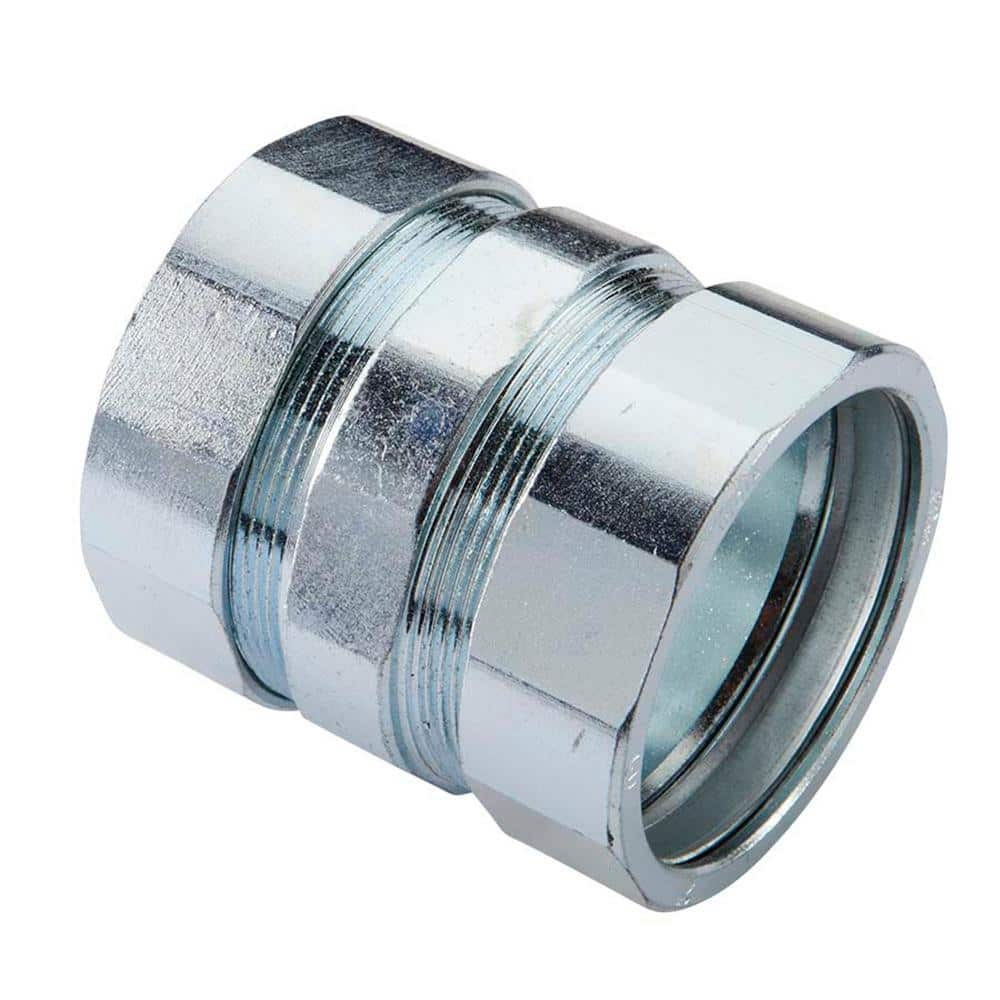david
Senior Member
- Location
- Pennsylvania
They need patience. A long pilot bit and a level.
Use a lock nut to lay it out under the soffit, drill a pilot hole through just the soffit, plumb the pilot bit, plumb it again at 90 deg run the pilot bit through the roof decking and shingles.
Finish it with a hole saw not that hard.
If we going to tell them all that's wrong with it, maybe they need a hint on how to do it right
Use a lock nut to lay it out under the soffit, drill a pilot hole through just the soffit, plumb the pilot bit, plumb it again at 90 deg run the pilot bit through the roof decking and shingles.
Finish it with a hole saw not that hard.
If we going to tell them all that's wrong with it, maybe they need a hint on how to do it right

